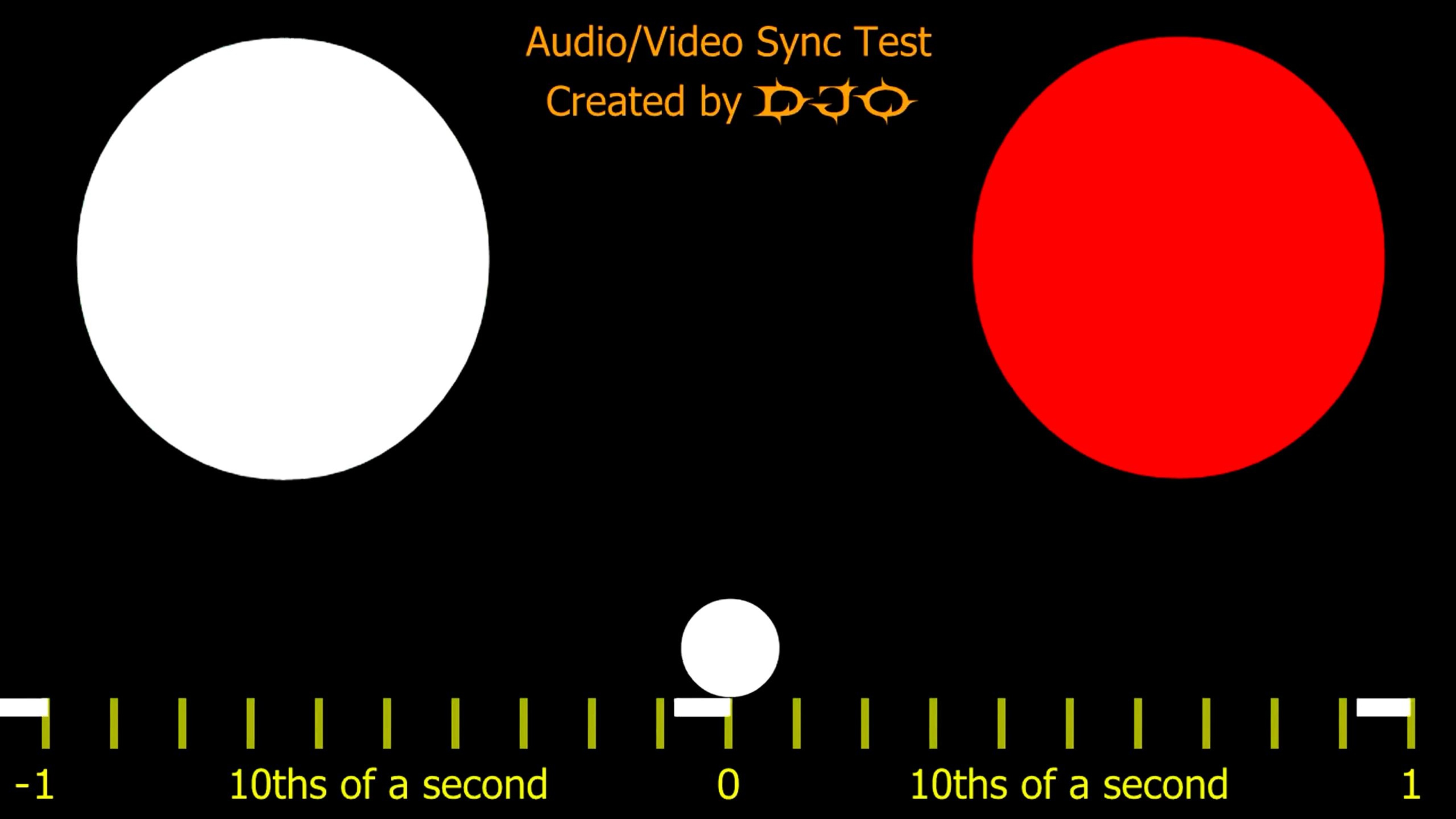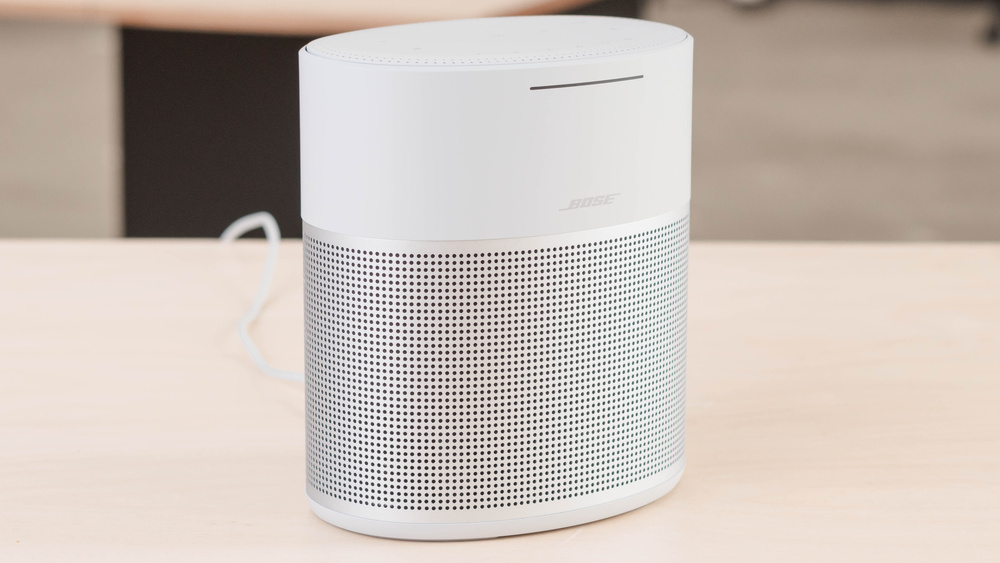- 25.0%Bluetooth iOS Latency
- 25.0%Bluetooth Android Latency
- 40.0%Bluetooth Range
- 10.0%Multi-Device Pairing
Bluetooth is a common feature in speakers that lets you connect a device to play audio content wirelessly. Although many speakers are Bluetooth-compatible, some only allow other methods of streaming audio, like Wi-Fi or Chromecast. You may use Bluetooth to play music through your speaker or for watching videos and playing video games. We test five aspects of a speaker's Bluetooth performance to help you make a more informed decision when deciding which speaker is right for you. These are a speaker's Bluetooth version, its latency with iOS devices, its latency with Android devices, its Bluetooth range, and whether it supports multi-device pairing. Depending on how you use your speaker, you may want to focus on some aspects over others. Below, we go into more detail about why these factors matter and how we test them.
Test results
When It Matters
A speaker's Bluetooth performance matters if you like streaming audio wirelessly from a paired device. It's a common connection method for speakers, although not every speaker is Bluetooth-compatible. It also lets you play audio without an internet connection, which is helpful if you like using your speaker outdoors. Depending on your usage habits, you may care about certain aspects of a speaker's Bluetooth performance over others. If you like using your speaker outside and want to walk around while still playing music from your paired smartphone, you may want a speaker with a long Bluetooth range, like the JBL Boombox 2. If you like watching videos using your speaker, you might want a speaker with low Bluetooth latency with iOS or Android devices, depending on which you use. You may also want a speaker that supports multi-device pairing, which lets you switch easily between audio sources, like your phone and your laptop, or if you're alternating who's controlling the playlist with a friend.
Our Tests
We test various aspects of a speaker's Bluetooth performance, letting you make an informed decision when finding a speaker that fits your needs. A speaker's Bluetooth version doesn't contribute to the overall score it receives for its Bluetooth performance, but it can be helpful information so that you know what to expect before buying a speaker. A speaker's Bluetooth latency, divided between iOS and Android devices, is the largest factor of its Bluetooth performance since it makes it more or less suitable for watching videos and playing video games. We also test a speaker's Bluetooth range, which indicates how far away your paired device can be while still playing audio clearly. Finally, we test whether a speaker supports multi-device pairing, which may be important to you if you like frequently switching your audio source between devices. Below, we go into more detail about these five factors and how we test for them. Depending on how you like to use your speaker, you may care more about one than another.
Bluetooth Version
A new version of Bluetooth gets released every few years, which adds some features to the software or improves its performance. The most recent update released was Bluetooth 5.2, which was a minor update released in 2019. The last major update was Bluetooth 5, released in 2016, which offered a significant increase in range and reduced the battery consumption of paired devices. Some older Bluetooth-compatible speakers, like the Alpine Corporation QLP542SLR-GR, have Bluetooth 4.0, whereas newer models like the JBL Xtreme 3 have Bluetooth 5.1.
To test a speaker's Bluetooth version, we check the manual and consult the manufacturer's website. If a speaker is Bluetooth compatible, but we can't find its Bluetooth version, we set it to Unlisted. It's important to note that while each new version of Bluetooth sets out to improve older versions, this doesn't mean a speaker with a new version of Bluetooth will always have a better Bluetooth performance than a speaker with an older version. This is because our score for a speaker's Bluetooth performance includes other factors, like its latency and range. For example, the JBL Charge 4 has Bluetooth 4.2, but its Bluetooth performance is much better than that of the Google Nest Mini, which has Bluetooth 5.0.
Bluetooth iOS Latency
Latency measures the time it takes for an audio signal to reach your ears after being sent from its source. For Bluetooth speakers, this represents the delay between a paired device playing audio and you hearing it. This is important when watching videos or playing video games since too much delay between the audio and video can result in dialogue being out of sync. Ideally, there's very little latency, which results in dialogue that feels natural and real. Latency is not very important when listening to music since there's no video content that the music has to align to.
We test Bluetooth latency for iOS and Android devices separately, though the tests themselves are very similar - the only change is the paired device, from iOS to Android. To test a speaker's iOS latency, we connect an iPhone 11 to the speaker over Bluetooth and set up an iPhone 7 on a tripod to film the screen of the iPhone 11. Using the iPhone 11, we play a latency test video from the YouTube app, with the audio coming from the speaker we're testing. Using the iPhone 7, we film the iPhone 11 screen using the slow-motion setting. This gives us the speaker's latency by measuring the time difference, in milliseconds (ms), between the circle hitting the bottom of the screen and the 'tick' sound being heard in the iPhone 7's recording. When the circle hits the bottom of the screen, the circles should be entirely white and red, as seen below. We use computer software called REAPER to measure this difference. If a speaker has very low Bluetooth latency, we'll hear the tick at virtually the same time as the circle hitting the bottom of the screen, as seen in the original testing video. If a speaker has high Bluetooth latency, we'll hear the tick noticeably after the circle hits the bottom of the screen.


We consider a value of <150ms to be good for a speaker's Bluetooth latency. Since Bluetooth speakers are often used for playing music, it's not as important that they can be used for watching videos as some other products, like soundbars. That said, a speaker with very good latency performance should be suitable for watching videos since dialogue will not feel out of sync. However, if a speaker has close to 150ms of latency, some users may notice a slight delay since this can vary from listener to listener. Some models, like the Bose Portable Smart Speaker, can also have negative latency. This means the audio is heard slightly before the video. It's a result of the audio signal being sent before the video signal to compensate for latency. However, this shouldn't be an issue, as long as the negative latency isn't too high. It's important to note that some apps and some devices compensate for Bluetooth latency differently, so you may notice some variation in your speaker's latency performance.
Bluetooth Android Latency
We test Bluetooth latency with Android devices the same way we test it with iOS devices, as mentioned above. Instead of using an iPhone 11 as the test phone, we use a Galaxy S10e. We still use the iPhone 7 as the phone for filming, ensuring that the slow-motion video is recorded consistently between each test. Similar to Bluetooth latency with iOS, we consider <150ms to be a good value. For example, the JBL Charge 4 has a Bluetooth Android latency of 15ms; this makes it suitable for watching videos and playing video games. That said, some apps and some devices compensate for latency differently, so your real-world experience may vary.
Bluetooth Range
Bluetooth range is important if you want to keep playing music from your paired device when you're far away. If you like using your speaker outside, it's helpful to have a speaker with a long Bluetooth range so you can walk around while playing music without interrupting the connection.
We test a speaker's Bluetooth range in a large, underground parking garage. We connect a smartphone and play an audio track on loop, first using an iPhone 11 and then a Galaxy S10e. We leave the paired smartphone in one place and start walking away from it while holding the speaker, which we keep pointed toward the phone. Using a measuring wheel, we note the distance from the smartphone that the audio track starts breaking up to the point of being unenjoyable. To get a more accurate measure of this point, we may move back and forth a few steps to pinpoint the exact distance the audio starts breaking up. To get a speaker's final Bluetooth range, we average the distance using the iPhone 11 and the distance using the Galaxy S10e. We consider 145ft to be a good Bluetooth range. Some models like the Sony SRS-XB12 have a Bluetooth range of over 330ft, which gives you lots of freedom to move around while playing music.
Note that we test a speaker's Bluetooth range in an open space, so its range may be shorter if there's a wall between the paired device and the speaker. This can also vary depending on how many walls there are and what material they are.
Multi-Device Pairing
Multi-device pairing is a helpful feature if you frequently switch your audio source while playing audio content. A speaker that supports multi-device pairing lets you connect two or more devices at the same time over Bluetooth, so you can switch between two devices, like your phone and laptop, without having to disconnect either device.
To test this feature, we put a speaker in its pairing mode and connect a smartphone over Bluetooth. Then, we put the speaker back in pairing mode and try to connect the second smartphone over Bluetooth. We try playing an audio track from the first phone, then the second. If we can do this without selecting the phone from its Bluetooth menu, the speaker supports multi-device pairing for two devices. Next, we try pairing a third smartphone to the speaker. If we can play audio tracks from all three phones without returning to the Bluetooth menu and without any of them getting disconnected, it supports multi-device pairing for three devices. In general, not many speakers we've tested support multi-device pairing for three devices, but some, like the Bose SoundLink Color II, support multi-device pairing for two devices.
Conclusion
Overall, Bluetooth is a helpful method of connecting a device to your speaker to play audio content. When looking for a speaker that best fits your needs, you may want to consider the different aspects of a speaker's Bluetooth performance. If you like using your speaker outside or in large spaces, you may want one with a long Bluetooth range. Instead, if you like using your speaker to watch videos, you may prefer one that has low Bluetooth latency with iOS and Android devices. Although not every speaker is Bluetooth-compatible, it's a common method of connection for streaming a variety of audio content.